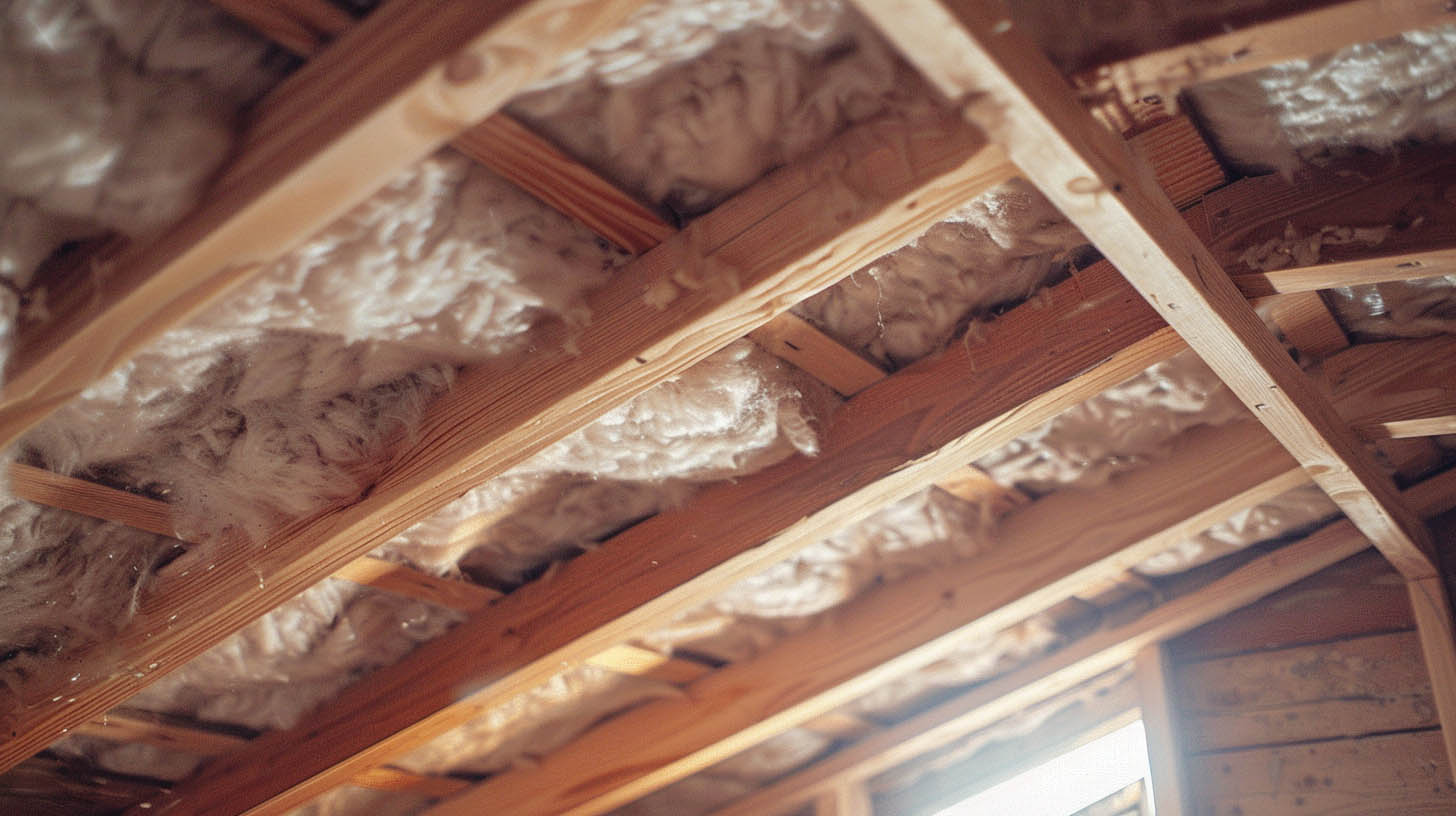Proper attic insulation and ventilation are essential components in preventing mold growth, a common issue in many homes that can cause significant damage and health problems. At Trojan Roofing, we specialize in implementing effective strategies to ensure that your home remains mold-free. This article explores how adequate insulation and ventilation work together to thwart mold development in your attic.
Effective Attic Ventilation
Ventilation Needs: Mold flourishes in damp conditions, often found in inadequately ventilated attics. Adequate ventilation is essential to facilitate the removal of humid air. A rule of thumb is to ensure one square foot of ventilation for every 300 square feet of attic ceiling space with a vapor barrier. In attics lacking a vapor barrier, this requirement increases twofold to one square foot for every 150 square feet.
Optimal Insulation Levels
Insulation and Moisture Control: Insulation plays a crucial role in maintaining dry conditions in your attic by preventing the air from reaching dew point temperatures where condensation occurs. For most regions, an R-value of 49 is recommended for attic insulation to ensure it performs effectively under local climatic conditions.
Symbiotic Relationship Between Ventilation and Insulation
Joint Functionality: Both ventilation and insulation need to be correctly balanced to prevent moisture retention and subsequent mold growth. If humid air is trapped due to inadequate ventilation, condensation can form and reduce the effectiveness of insulation by compromising its R-value.
Conclusion
Understanding and implementing the right balance of insulation and ventilation in your attic can significantly reduce the risk of mold growth, thereby protecting your home’s structural integrity and indoor air quality.
For more insights into enhancing your home’s exterior aesthetics and functionality, click here.

